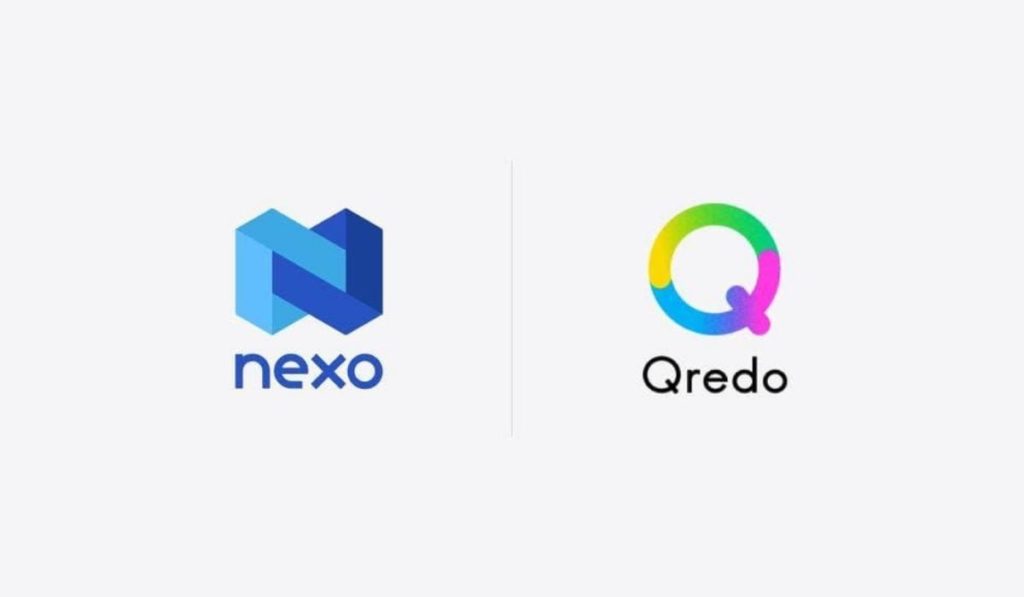2021-9-4 16:00 |
The world is sitting on assets worth trillions of dollars. Well, we can’t actually sit on them since they aren’t tangible like a chair. Many of these assets come in the form of technology but can not be sold or are just simply underutilized.
Research labs, corporate innovation centers, individual researchers, inventors, and others produce numerous ideas, concepts, and quality data every single day.
We often see much valuable early-stage research go undeveloped. Alongside this, the discovery of breakthrough methods slows down.
Unfortunately, most of these innovations die or go into the backlog before reaching commercialization. Either that or there is not further development.
Valley of deathThe phase between discovery and commercialization of technology is the valley of death. The crossing of the valley of death in innovation results in the loss of a massive 90% of potential technologies. The thing is, not all of the technologies perish because they aren’t good enough.
Some projects can’t find funding, some can’t get backing from internal stakeholders, and others may just not align with the direction of the project at that moment in time.
However, with advances in Web 3.0 technologies comes a welcome sanctuary on the successful passage to commercialization.
New path for potential innovationWe can now make intangible assets like intellectual property (IP) and quality data liquid at the very early stage of their development. At this point, usually, the risk profile and unstructured nature of the underlying asset make it too prohibitive to be backed by banks or investors.
By splitting NFTs into fractions (F-NFT) we introduce a novel way to transfer ownership with the attached business logic of awards and payments. Thus, using F-NFTs, the liquidity of underlying technology assets can be collateralized by related IP. Alternatively, IP ownership can be transferred to governance mechanisms in the form of decentralized autonomous organizations (DAOs) to enable financing.
Let’s take a deeper look at how to make this happen.
Fractionalization of NFTs (F-NFTs)By fragmenting large technological assets into smaller, more affordable pieces, we drastically lower entry barriers for potential investors. Even to the point where a “friends & family” concept can be applied. Additionally, fractionalizing IP enables us to sell portions of the future revenues way before commercialization can be reached.
The alternative option to enable sound financing for researchers and innovators is to create DAO. Therefore, DAOs can be governed by a council of stakeholders that have a vested interest in their success.
These stakeholders could be domain experts, investors, and/or high-profile researchers. Such a DAO would govern funds received from blockchain network operations. For example, a portion of transaction fees or bandwidth allocation.
DAOs usually have a budget in the form of an ecosystem fund. This is where resource distribution is subject to the council’s decision. As a prime recipient of budget allocation, annual financing of researchers in the related domain can be set in accordance with support for the researchers at an early stage.
This is where the magic mechanism of F-NFTs really comes into play. Fractionalized tokens issued to the project or technology fragments ownership of IP from the underlying tech asset. Then, the F-NFTs issued can be transferred to the DAO which can be used consequently as collateral for the granting funds to researchers.
By using F-NFTs, we can advance current research and fund promising future research to drive further tech innovation.
The post Opening the Floodgates: Enabling Technology Asset Liquidity With F-NFTs appeared first on BeInCrypto.
origin »Decentralize Currency Assets (DCA) на Currencies.ru
|
|




















